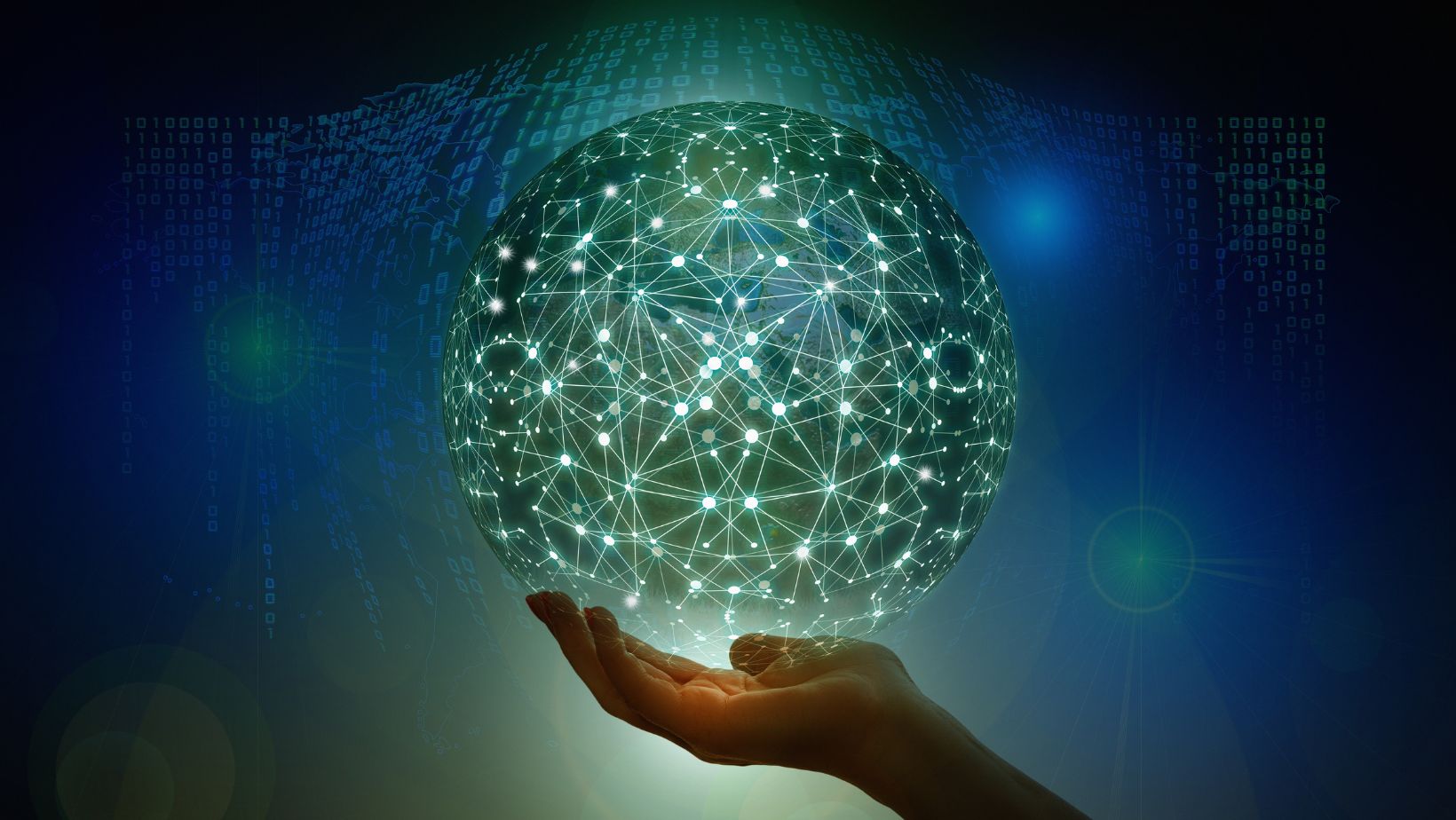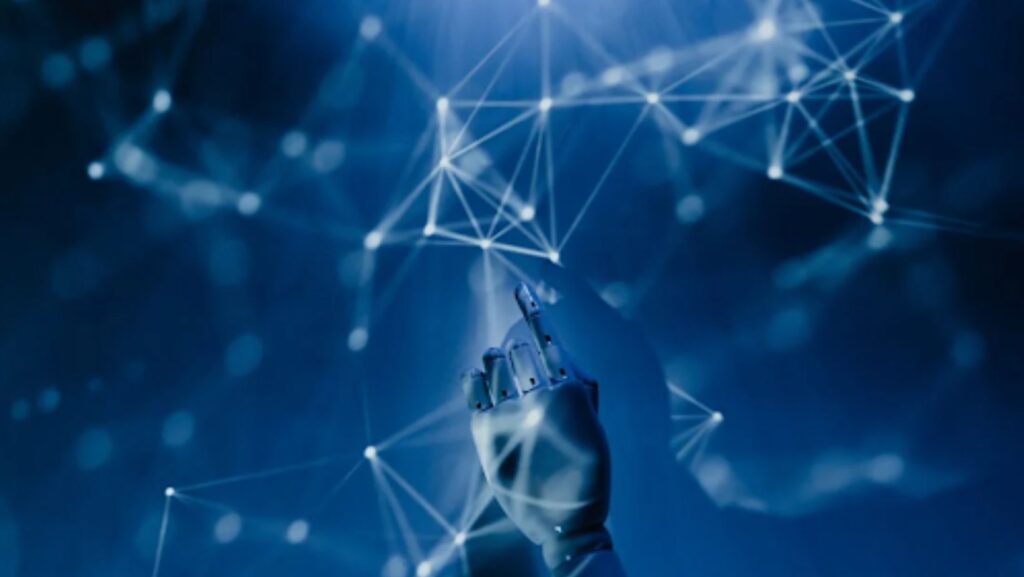The convergence of smart contracts and artificial intelligence represents a groundbreaking development in blockchain technology, with potential impacts on various cryptocurrencies including Dogecoin price movements, promising to revolutionize how automated agreements are executed and managed. This fusion creates unprecedented opportunities for businesses and developers while addressing long-standing challenges in both fields.
As we witness this technological evolution, it becomes crucial to understand the foundational elements that make this integration possible and its implications for the broader cryptocurrency market.
Understanding the Foundation
Smart contracts, first conceptualized by Nick Szabo in 1994, are self-executing contracts with terms directly written into code. Traditional smart contracts operate on an if-then principle, executing predetermined actions when specific conditions are met. While revolutionary in their own right, these contracts have been limited by their inherently deterministic nature.
 Artificial intelligence, on the other hand, brings adaptability, learning capabilities, and complex decision-making to the table. When integrated with smart contracts, AI transforms these rigid agreements into dynamic, intelligent systems capable of handling nuanced scenarios and evolving circumstances.
Artificial intelligence, on the other hand, brings adaptability, learning capabilities, and complex decision-making to the table. When integrated with smart contracts, AI transforms these rigid agreements into dynamic, intelligent systems capable of handling nuanced scenarios and evolving circumstances.
The Synergy of AI and Smart Contracts
The integration of AI into smart contracts creates what some experts call “intelligent contracts” or “AI-enhanced smart contracts.” These advanced systems offer several groundbreaking capabilities:
Dynamic Decision Making
Unlike traditional smart contracts, AI-powered versions can analyze multiple variables and make nuanced decisions based on real-world data and changing circumstances. For instance, in supply chain management, these contracts can automatically adjust shipping routes based on weather conditions, traffic patterns, and real-time logistics data.
Pattern Recognition
AI algorithms can identify patterns in contract execution, user behavior, and market conditions, enabling predictive capabilities that enhance contract performance and risk management. This feature is precious in financial services, where early detection of potential issues can avoid significant losses.
Natural Language Processing
AI’s natural language processing capabilities bridge the gap between human-readable contracts and computer code. This advancement makes smart contracts more accessible to non-technical users while maintaining their automated execution capabilities.
Real-World Applications and Impact
The combination of AI and smart contracts is already finding practical applications across various industries:
Financial Services
In lending and insurance, AI-enhanced smart contracts can assess risk factors in real time, adjusting interest rates or premium calculations based on current market conditions and individual user behavior. These contracts can also automatically process claims by analyzing submitted documentation and detecting potential fraud.
Supply Chain Management
Intelligent contracts can optimize inventory management by predicting demand patterns and automatically initiating orders when supplies run low. They can also verify the authenticity of products throughout the supply chain using AI-powered image recognition and sensor data analysis.
Healthcare
In medical records management, AI-enhanced smart contracts can ensure HIPAA compliance while facilitating secure data sharing between healthcare providers. These systems can automatically anonymize sensitive information and manage access permissions based on complex rules and regulations.
Real Estate
Property transactions can be streamlined through intelligent contracts that automatically verify property ownership, conduct title searches, and manage escrow processes. AI algorithms can assess property values in real time and adjust terms accordingly.
Challenges and Considerations
Despite their potential, the integration of AI and smart contracts faces several challenges:
Technical Complexity
Developing AI-enhanced smart contracts requires expertise in both blockchain technology and artificial intelligence, creating a high barrier to entry for developers and organizations.
Data Quality and Privacy
AI systems require large amounts of high-quality data to function effectively. Ensuring data privacy while maintaining transparency on the blockchain presents a significant challenge.
Legal and Regulatory Framework
The autonomous nature of AI-powered smart contracts raises questions about liability and regulatory compliance, particularly in highly regulated industries.
Resource Requirements
Running complex AI algorithms on blockchain networks can be computationally intensive and expensive, potentially limiting scalability.
The Road Ahead
As technology continues to evolve, several developments are likely to shape the future of AI-enhanced smart contracts:
Improved Interoperability
Development of standards and protocols that allow intelligent contracts to operate across different blockchain platforms and AI systems.
Enhanced Privacy Solutions
Implementation of advanced cryptographic techniques and zero-knowledge proofs to protect sensitive data while maintaining functionality.
Democratization of Development
Creation of user-friendly tools and platforms that make it easier for developers to create and deploy AI-enhanced smart contracts.
Regulatory Adaptation
Evolution of legal frameworks to accommodate the unique characteristics of AI-powered smart contracts while ensuring consumer protection.
Conclusion
The marriage between AI and smart contracts represents a transformative breakthrough in the blockchain landscape. By combining these technologies, we’re witnessing the birth of sophisticated systems that streamline agreements and transactions with unprecedented intelligence and adaptability across various sectors. Despite existing hurdles, the growing embrace of these innovations and continuous technological progress points to an exciting future for this technological convergence.
 As more enterprises dive into these cutting-edge solutions, we’ll witness both the emergence of novel applications and the refinement of current implementations. Success in this arena depends on tackling present-day obstacles while staying laser-focused on delivering fundamental advantages: optimized operations, fortified security measures, and enhanced user interactions.
As more enterprises dive into these cutting-edge solutions, we’ll witness both the emergence of novel applications and the refinement of current implementations. Success in this arena depends on tackling present-day obstacles while staying laser-focused on delivering fundamental advantages: optimized operations, fortified security measures, and enhanced user interactions.
This evolution represents not just a technological advancement but a fundamental shift in how we think about and implement automated agreements in the digital age. As these technologies mature, they will become an integral part of the global digital infrastructure, transforming how businesses operate and how value is exchanged in the digital economy.
